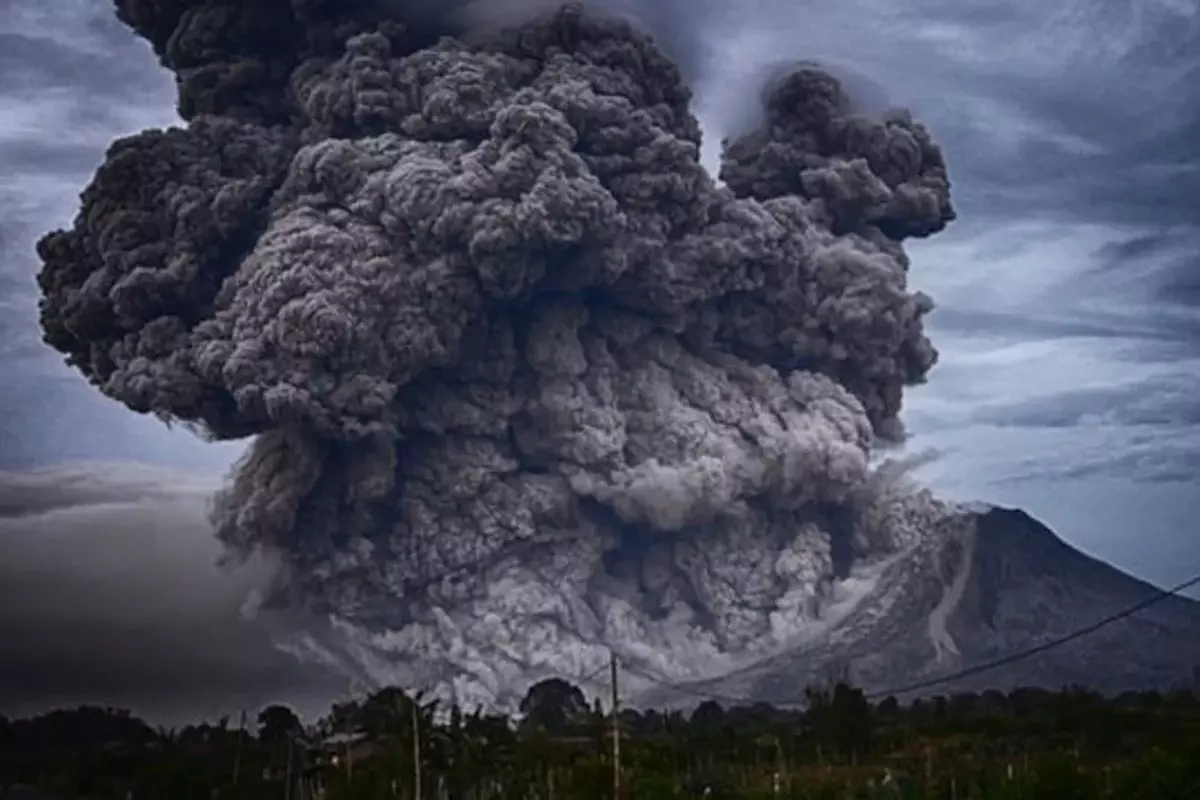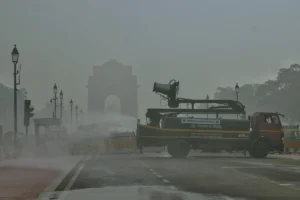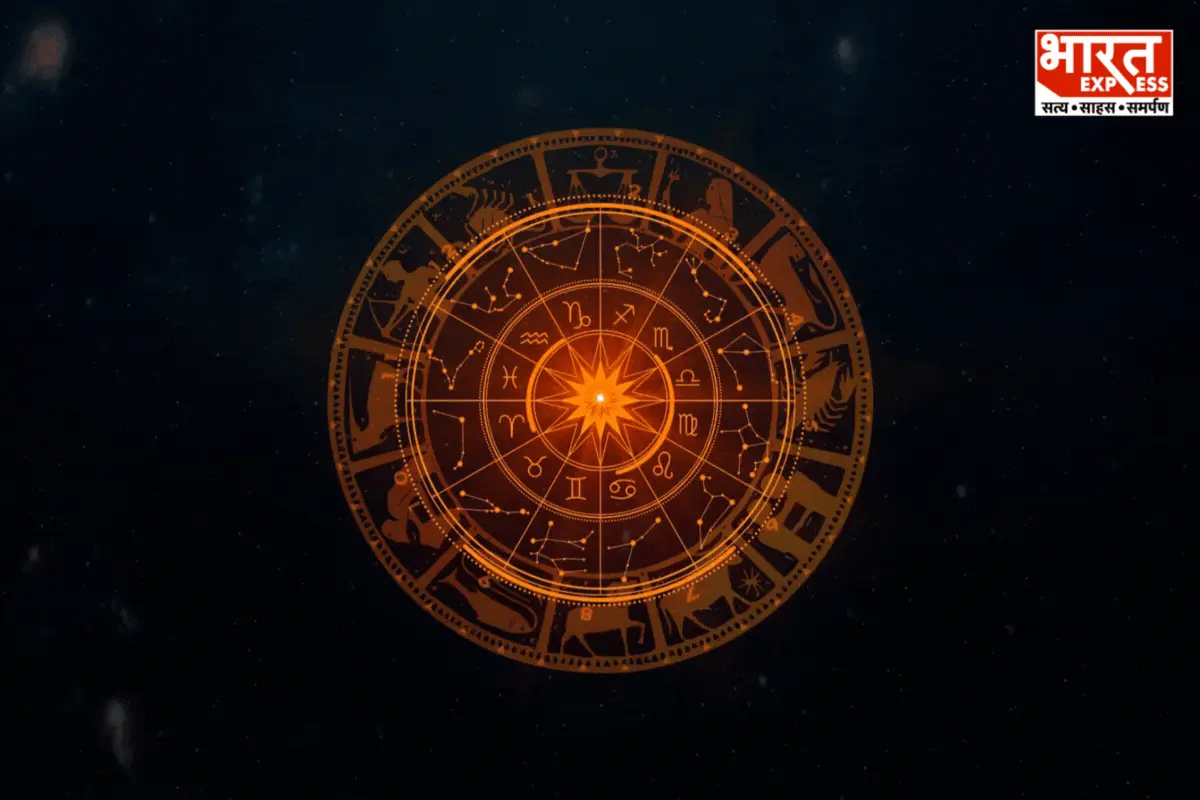
On Friday, officials said the Anak Krakatoa volcano in Indonesia erupted, spewing a column of ash more than three kilometres into the sky.
The volcanic island spewed from the sea at the turn of the last century from the crater produced by Mount Krakatoa’s 1883 eruption, one of the deadliest and most catastrophic in history.
Anak Krakatoa, which means ‘Child of Krakatoa’, poured heavy ash across the strait that separates the Indonesian and Sumatran islands.
Following the eruption at 08:46 am (0146 GMT), there were no immediate reports of damage or casualties.
In a statement, an official from the Krakatoa monitoring station, Deny Mardiono said, “The height of the eruption column was observed to be 3,000 metres (nearly 10,000 feet) above the summit”.
“The ash column was observed to be grey to black with thick intensity to the southwest”, the statement further reads.
He cautioned the public not to do anything within a five-kilometre (three-mile) radius of the volcano’s crater.
The status of Anak Krakatoa was upgraded to the second-highest warning level in 2022, following a surge in volcanic activity.
Its crater partially collapsed in 2018 after a massive eruption sent huge chunks of rocks crashing into the ocean, triggering a tsunami that killed over 400 people and injured thousands.
Indonesia, a Southeast Asian archipelago nation, is located on the Pacific Ring of Fire, where continental plates collide, resulting in strong volcanic and seismic activity.
There are 130 active volcanoes in the nation.
Also read: Japan Modifies Legislation To Facilitate The Deportation Of Failed Asylum Seekers
To read more such news, download Bharat Express news apps



















